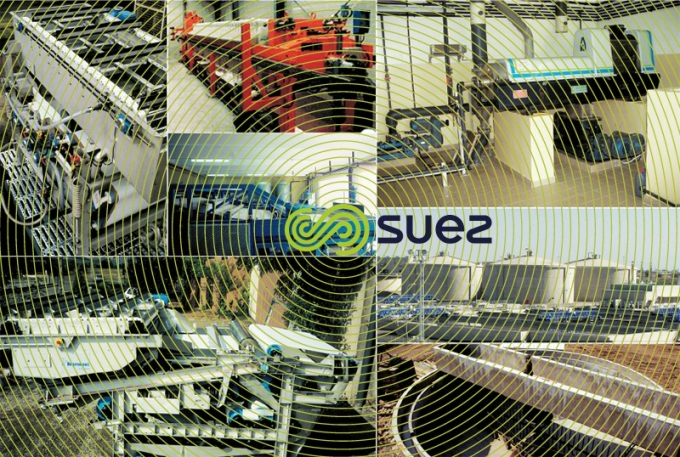liquid sludge treatment



A sludge treatment system can only be properly designed if we know the answers to the following three questions:
- what is the quality of sludge to be treated?
- how much suspended solids has to be processed?
- what is the intended potential end usage of this sludge?
Sludge quality depends on the pollutants contained in the wastewater entering the plant but mainly on the treatment carried out (see sludge characterisation/classification) and will have a major effect on the forecast performance of the various processes: impact on dry solids content, on the type of reagents and amounts used, on the choice of equipment. For instance, if the sludge is hydrophilic (presence of biological sludge, of hydroxide sludge, of organic matter etc.), this will have an adverse effect on dewatering performance (relatively low final dry solids content). On the other hand, if the sludge is hydrophobic (presence of crystalline sludge, of heavy mineral sludge, of primary settled sludge …), dry solids content performance will tend to be quite good.
The quantities (suspended solids) set equipment investment levels and impose certain financial options. Additionally, any rational wastewater treatment plant design must address a major concern: it must attempt to significantly reduce the mass of waste products created by the treatment process. This reduction can be addressed within the water system itself by using organic and non-mineral reagents or very low loading biological treatment, or even using processes such as Biolysis (see biological processes). Clearly, this reduction can also be dealt with in the sludge system (anaerobic digestion, OM incineration, using an organic conditioner …).
The final disposal sludge (see sludge end uses) will have a significant influence on the equipment selected:
- whether or not the sludge has to be stabilised;
- whether or not the sludge has to be sanitised;
- whether or not a particular reagent should not be used;
- whether or not a minimum dry solids content has to be achieved;
- whether or not a solid final product has to be produced;
- whether or not an alternative system is required;
and even, when selecting the water line, for instance, by aiming for sludge that has a high organic matter content and a high dry solids content so that it can be incinerated …
Therefore, any study concerning sludge end usage must include:
- a comparative financial analysis (investment costs and operating costs);
- an examination of the sustainability of the system under consideration,
while allowing for the relevant regulations (see sludge end uses).
Bookmark tool
Click on the bookmark tool, highlight the last read paragraph to continue your reading later












